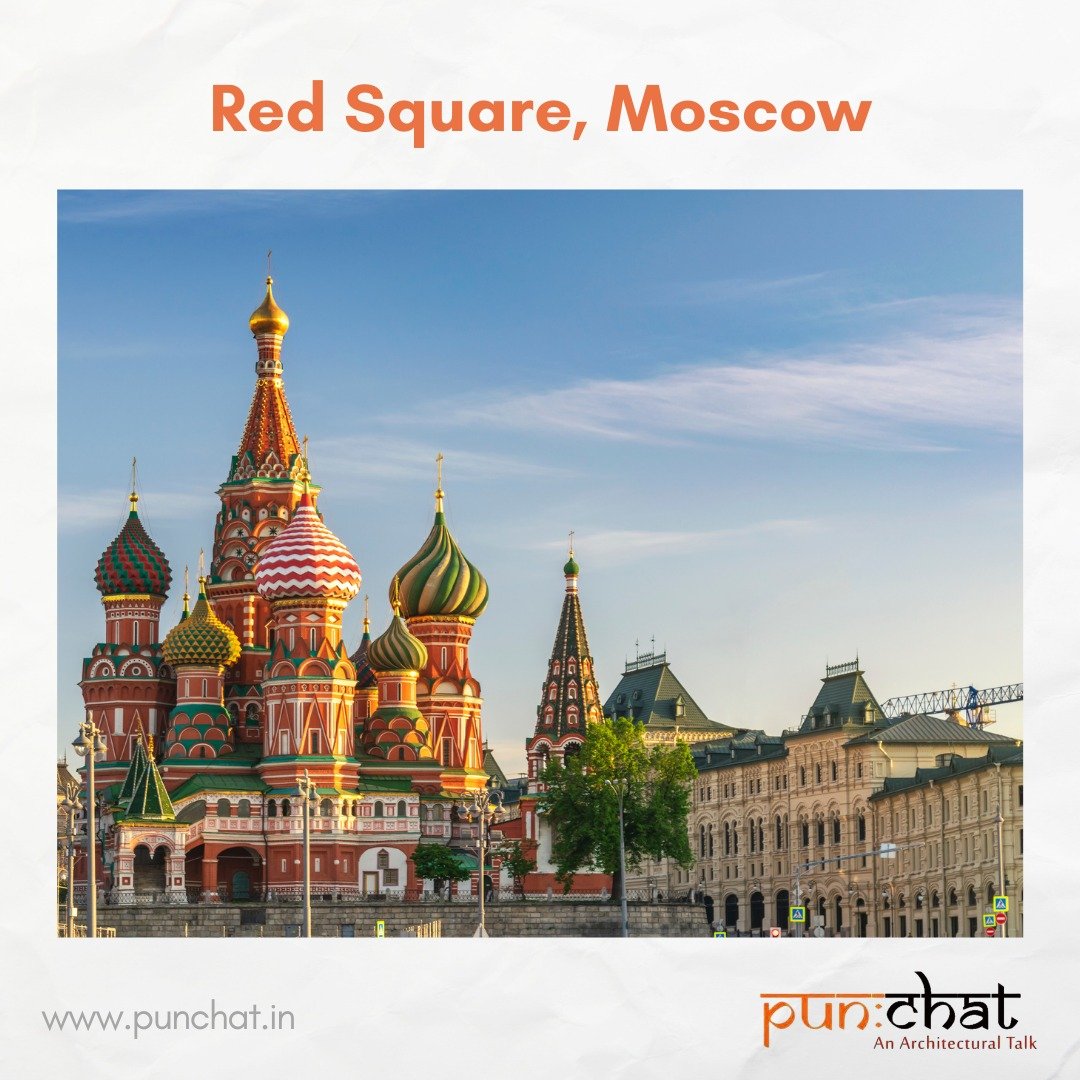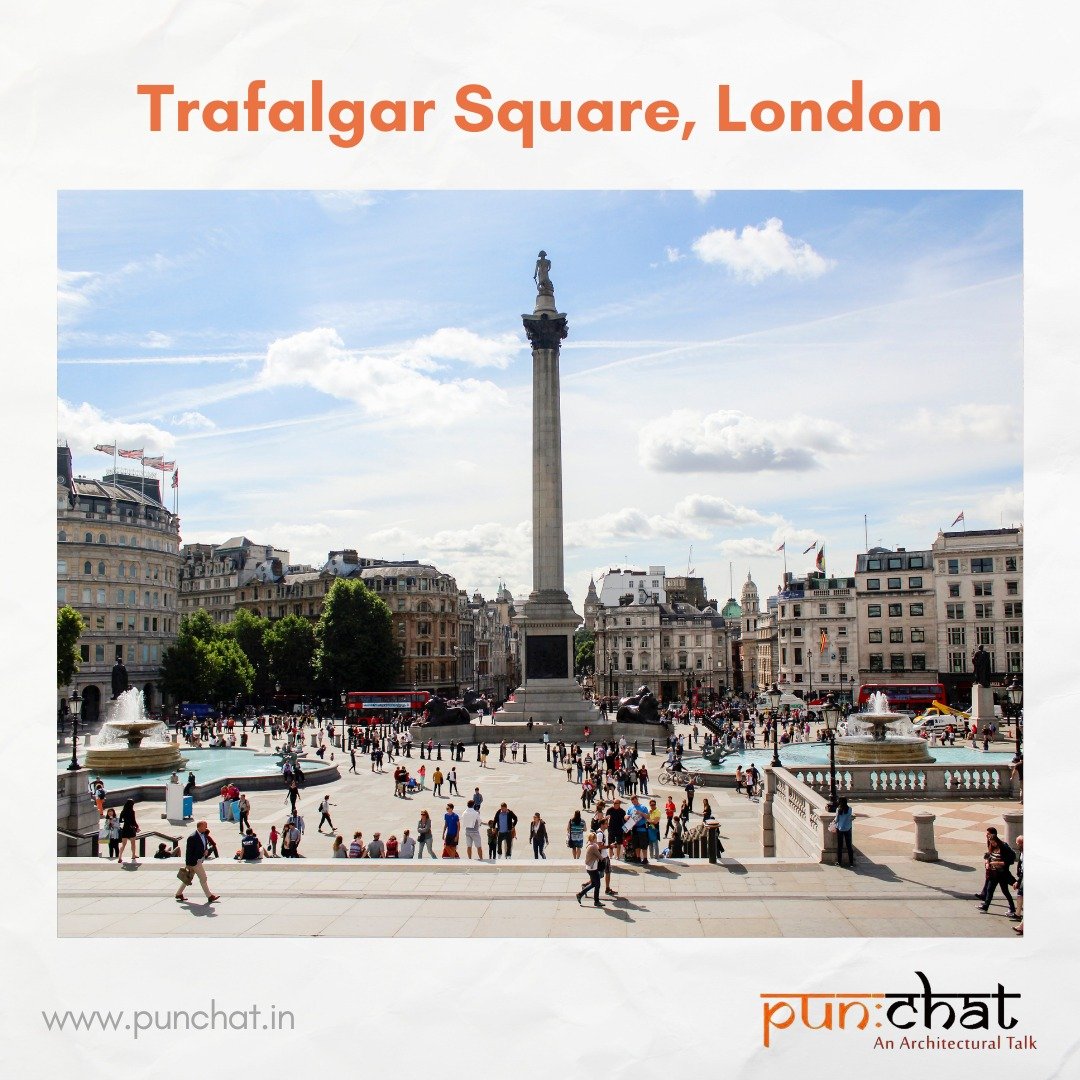Historic Public Squares around the World
Public squares are a city’s DNA that impart visibility, distinguish them and at times become a city’s identity. Call it a town square, plaza, city centre, piazza, plaza, town square, platz, urban square -these open spaces are responsible for cohesion and interaction among city residents. The open space, surrounding buildings and the unique nature of the sky sitting above each public square renders an enigmatic quality to each public square.
The first city squares emerged almost 6000 years ago. Ancient public squares are architecturally rich city centres that accentuate the urban layout and design style of old towns. They determine the way many major public activities of a town take place. Historically, the Greek agoras served the dual purpose of being a civic centre and a marketplace. The Roman Forum was a nucleus of commercial affairs, processions, trade, public speeches, criminal trials, and gladiatorial matches. City squares were and continue to be gathering places to trade, gather, celebrate, shop, protest, and bond.
Here is a list of prominent historic public squares and the design significance they hold.
Piazza del Campidoglio, Rome
This redesign of the piazza was one of Michelangelo's radical masterpieces. The three palazzos of the piazza had an unique trapezoidal arrangement and formed a strong visual axis from the staircase to the Palazzo Senatorio. The bronze statue of Marcus Aurelius is tactfully located right in the centre of the piazza. The judicious design of Campidoglio directs people from the lower busy streets, up the cordonta, transitioning from the square leading up to the Palazzo Senatorio.
2. Red Square, Moscow
The Red Square in a way determined the radial plan of Moscow. Historic buildings designed by Italian architects like the Saint Basil’s Cathedral, Lenin’s Mausoleum and the GUM surround this historic square. Executions, parades, speeches, concerts, and trials were the major activities that took place in the Red Square.
3. St. Peter’s Square, Vatican City
This is one of the most breath-taking squares located at the foot of St. Peters Basilica. 284 pilasters and 88 pilasters circumscribe the square in 4-row colonnades which are crowned with 140 statues. The colonnades are said to be the ‘embracing arms of a mother’ who loves the faithful believers and brings them back to the church. The Vatican obelisk in the centre is a 300 tonne heavy, 25 metre tall structure. Two fountains sit on either side of the obelisk.
4. Tiananmen Square, Beijing
Located at the central access of Beijing, just south of The Forbidden City, the Tiananmen square has been expanded and renovated multiple times. It covers an area of 4,40,000 sq. m. and has a capacity to occupy 10,00,000 people. The National Museum of China to the east of the square is a beating heart of Chinese history. Architecture of the Ming dynasty can be seen in the Qianmen gate.
https://www.chinadiscovery.com/assets/images/beijing/tiananmen-square/tiananmen-square-layout.jpg
5. Trafalgar Square, London
With an aim to build a street from Charing Cross to Portland Place, the Trafalgar Square was formed. We all know this famous square from the relics of its lion statues and numerous pigeons that flock in this city centre. The famous fountain was installed later not only to combat heat, but as a government tactic so less people could gather there for protests. Monuments like Nelson’s Column, statues of Sir Henry Havelock, George IV, General Sir Charles James Napierby beautify the panoramic views of this square.
https://en.wikipedia.org/wiki/File:Trafalgar_Square_360_Panorama_Cropped_Sky,_London_-_Jun_2009.jpg





